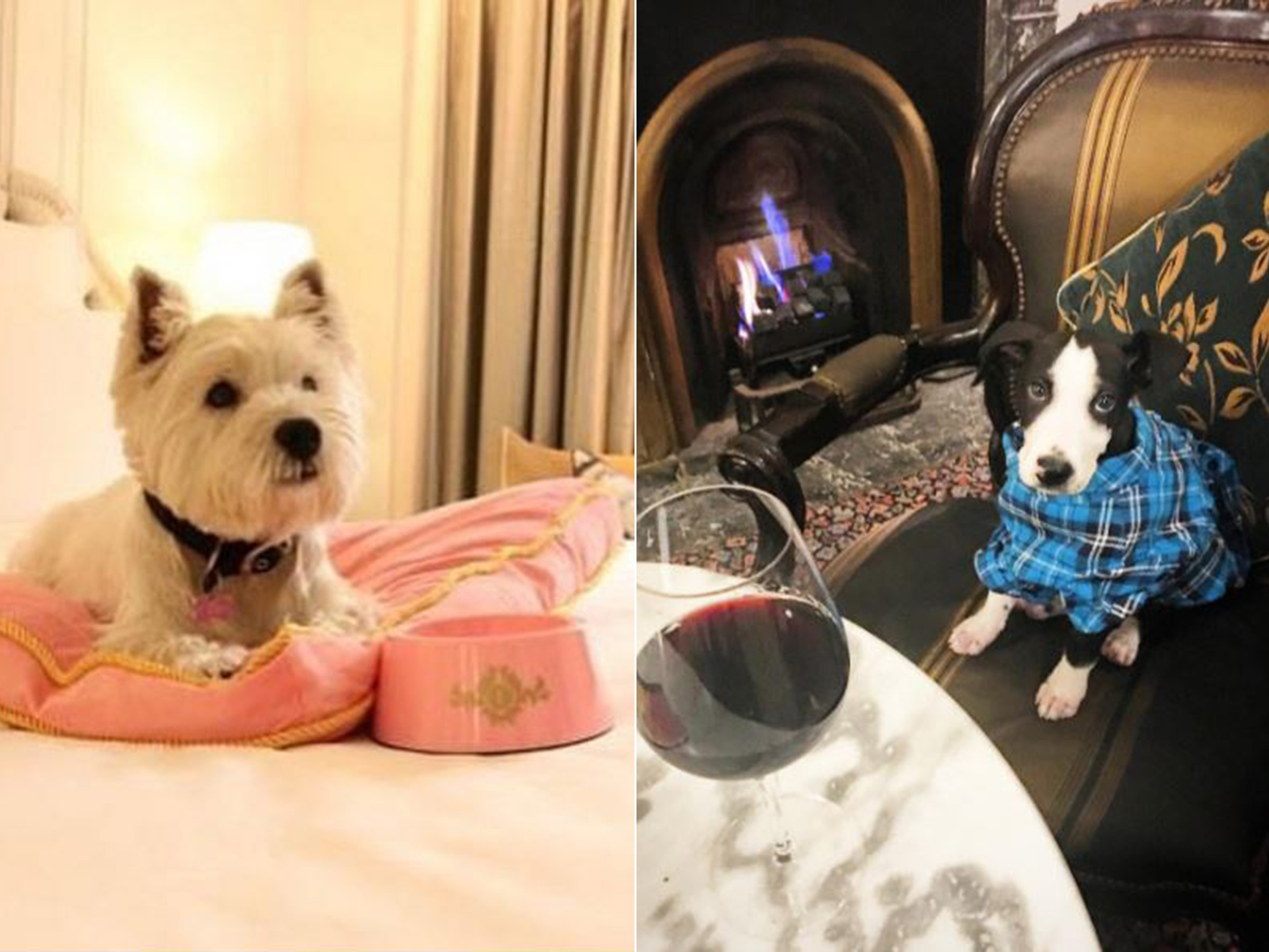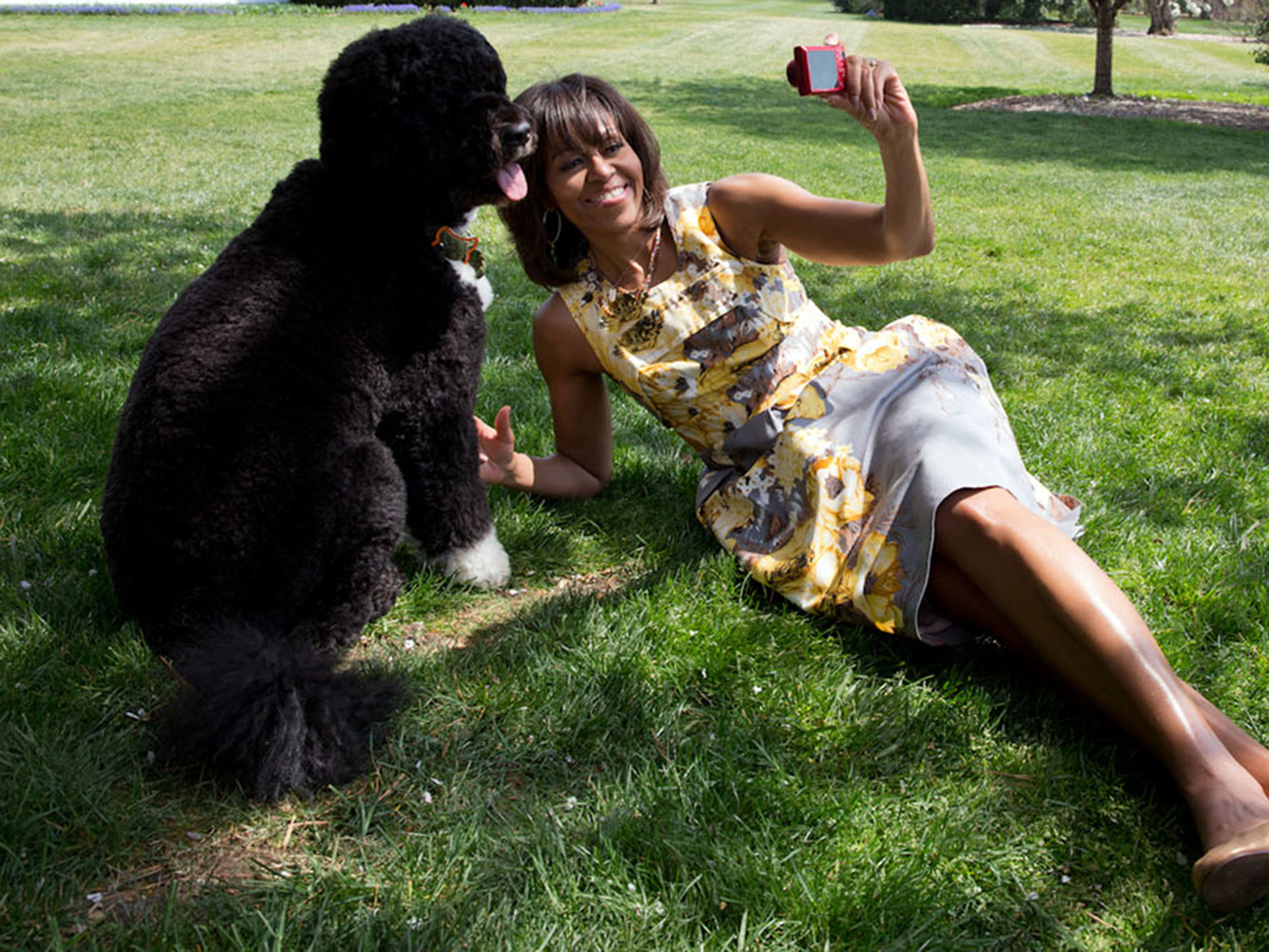Modern etiquette can be a minefield, especially when you have a stranger’s boisterous labrador jumping all over you as your skittish dachshund takes off in a panic and the other dog’s owner just stands there, sipping coffee!
Taking your pet to the park should be fun and safe for everyone involved, but common mishaps can easily spoil an outing.
So whether you’re wondering how to approach the owner of that bulldog who always steals your pup’s favourite toy, or are entirely new to places where dogs roam free, it helps to know the unwritten rules for owners and pets.
Dog trainer and behaviourist Ian Shivers from Bondi Behaviourist and award-winning trainer and behaviourist Jaice Jackson are here to solve some of the most common puppy-park problems.
I’ll be taking my dog to an off-leash park for the first time this weekend. How can I best prepare her?
Ian says: The priority should always be keeping your dog happy and calm enough to process information. Start off slowly by taking her for short visits and keeping her leash on for the first few times, until she feels comfortable. Keeping her safe and calm will help her remain aware of your instructions and other dogs’ communication patterns, and hopefully this will avoid any potential issues at the park.
What sort of training does my dog need before we go to the dog park?
Jaice says: They should know basic obedience commands such as “sit”, “stay” and “come”. Of those, being able to follow the “come” command is probably the most important.
A stranger’s dog keeps chasing after my dog’s ball – and he doesn’t like it. What’s the best way to manage this?
Jaice says: I would just move to another location or, if it happens frequently, take note of the time the other dog is usually at the park and avoid going then. Otherwise, work with the other dog by playing a one-at-a-time throwing game in which you hold onto your dog while the other dog retrieves the ball, then swap turns. Try involving the other dog owner as well – you and your pup might even make new friends.
My dog barks way too much at the park. How can I try to quieten him down?
Jaice says: Excessive barking usually occurs when a dog has built-up energy or is overstimulated. Parks do provide a lot of stimulation for dogs, so you need to find a way to redirect that energy. Retrieval games can disperse the energy by giving your dog a job to do. If you just can’t curb the excessive barking yourself, seek the assistance of a dog trainer, as it’s a pretty common issue that can be dealt with.
A stranger’s dog jumps all over me at the park. Is there a polite yet effective way for me to discipline him?
Ian says: This is a typical issue at any dog park. The key to ending the behaviour is to stop moving. Movement is a dog’s biggest stimulant, and instead of listening to words, they read body language. So if you stop moving, the dog will soon lose interest. You can then calmly ask the owner to take their dog somewhere else in the park or put the dog back on the leash while you move away – the onus is on them to manage their dog’s behaviour.
When a dog park identifies itself as “off-leash”, does that mean I’m allowed to take his collar off, too?
Jaice says: The rule is to always leave the collar on. You need to have control of your dog and be able to put their leash back on quickly if necessary. Also, if your dog runs away from you and doesn’t have his collar on, it will be harder to identify him. Wearing a collar isn’t distressing for your dog in any way, so it’s safer to leave it on at all times.
My dog is timid and doesn’t like strangers approaching him for a pat. How can I make him more confident?
Jaice says: I wouldn’t socialise a dog that’s fearful of being approached until he’s well and truly ready. Then, to be on the safe side, I’d put him in a bright-yellow collar and leash – this is a signal other dog owners will recognise as meaning “give this dog some space”, so people will realise he’s timid before they approach him. If someone does ask to pat him – and these days even kids are pretty good about asking first – explain that your dog is nervous and at the moment you’re trying to help him slowly build up his confidence.
My dog recently bit another dog! I was mortified. How can I curb this behaviour? And what should I do if it happens again?
Ian says: A dog won’t bite unless they’re very agitated, so it’s vital for owners to be able to read their own dog’s body language before something happens. If your dog appears to be stressed or agitated, or is showing aggressive behaviours, remove them from the situation as quickly and safely as possible. If the worst happens and your dog does bite another dog or even a person, immediately remove him from the situation and check the condition of the victim. If necessary, seek veterinary or medical attention – if your dog is at fault, you should offer to cover any resulting vet bills. In the case that you or your dog have been bitten, try to stay calm and seek assistance from someone nearby.

